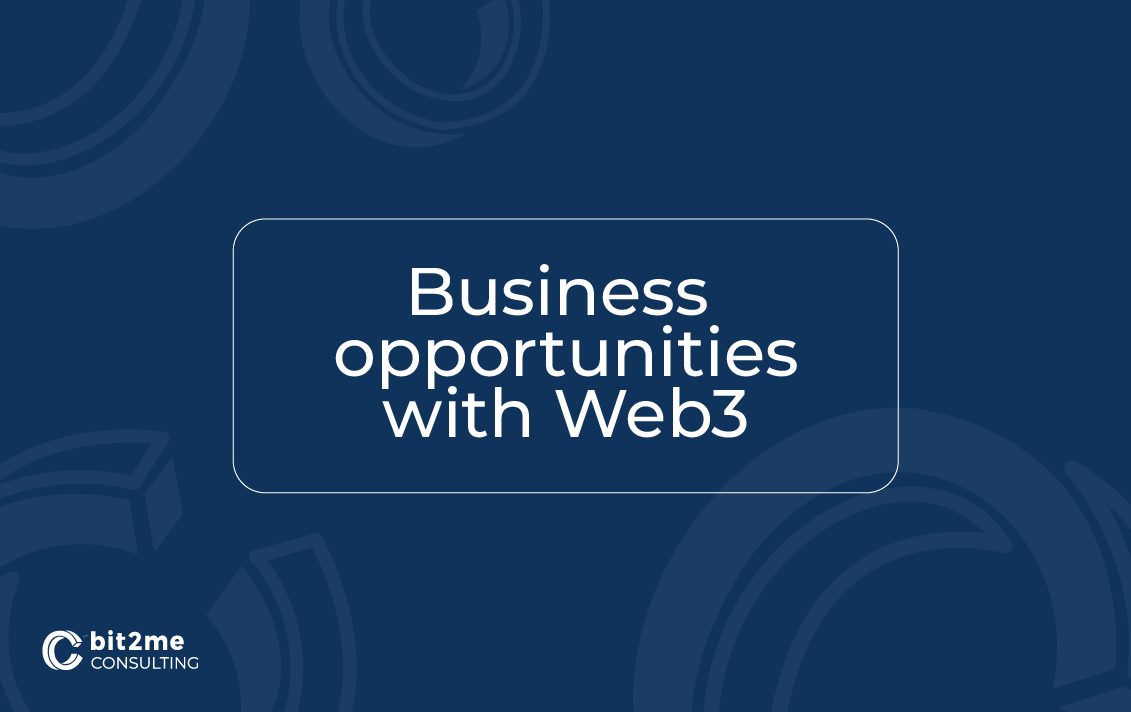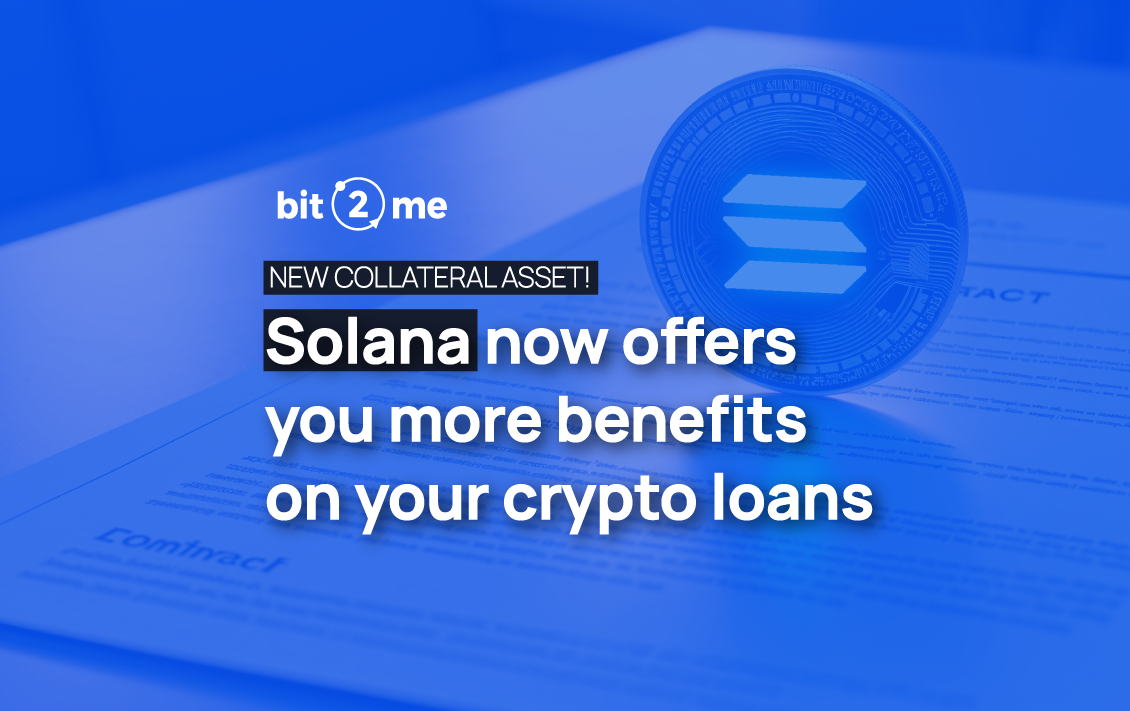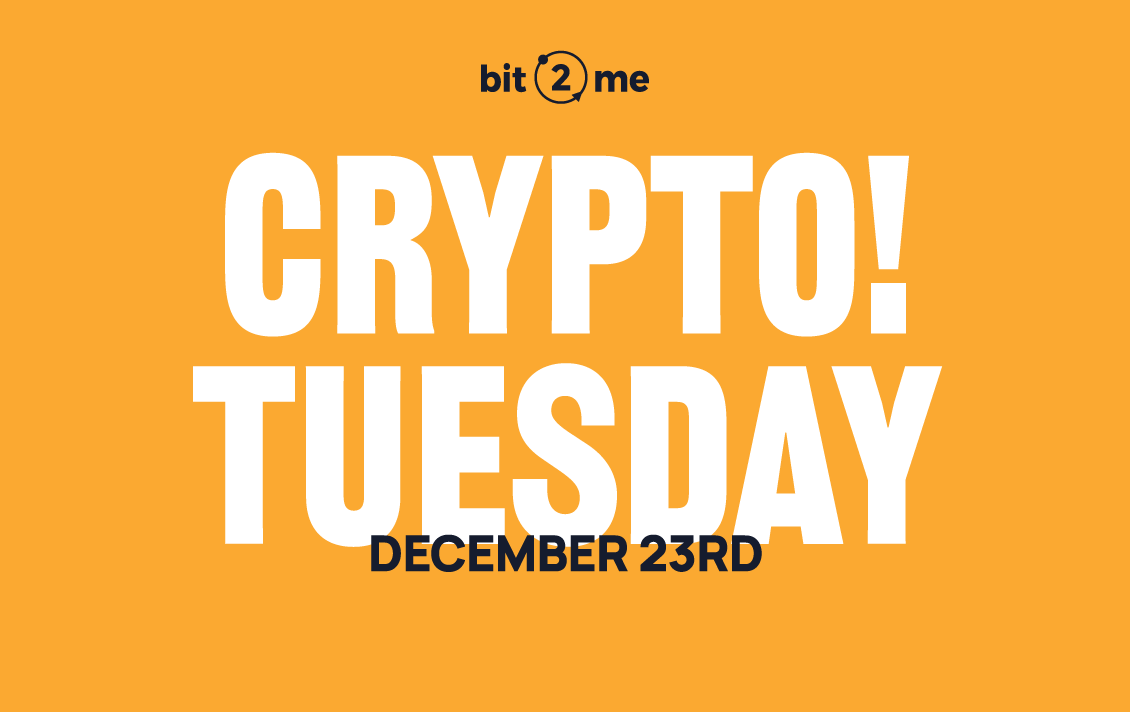New technologies are advancing at a rapid pace and companies need to be able to keep up if they do not want to be left behind. Over the last few years, several sociological phenomena (such as the COVID-19 pandemic) have brought profound social, economic and cultural changes, which have led companies to look beyond traditional technologies.
In the midst of these changes, a new technology appeared: blockchain, which has brought disruptive change to many aspects of our lives.
The blockchain, cryptocurrencies and, in general, Web3 have created a kind of "paradigm shift", especially in the financial and economic sectors, by introducing a new decentralised economic system, which is no longer in the hands of governments or large corporations, but is managed by the users themselves.
We can say that Web3 is changing the world as we know it, but to understand this, we must look back a little and understand what Web3 is and what differentiates it from its previous versions.
What is Web3?
Web3 is based on the use of decentralised platforms, which in turn are based on structures known as Tokenomics, internal economies based on tokens, which allow developers to establish direct relationships with consumers, who in turn can participate directly in the governance and decision-making of the platforms.
Decentralised platforms are not controlled by a central entity. Instead, they use smart contracts to automate all processes and routines.
Unlike previous versions, Web3 is also known as the Semantic Web, as it uses Artificial Intelligence (AI) technologies and tools to be able to understand users' searches and intentions in greater depth.
From Web1 to Web3
In 1989, Tim Berners-lee created the code for the Internet as we know it today. This first iteration is known as Web1 and was a static medium that allowed developers to present information and users to consume it, but with no ability for users to interact with each other.
Web1 was so limited (largely due to the technological limitations of the time) that it did not even contain images, graphical interfaces or audio and video files, only text.
As technologies improved, with the arrival of new browsers such as Netscape, Mosaic or Internet Explorer, Web1 evolved, allowing the use of images and audio, making the experience much more interactive.
10 years after the appearance of Web1, the evolution to what is known as Web2 began. The appearance of new high-level languages such as Java or PHP, offered the static web the capacity to allow users to interact, being able not only to read, but also to write, comment and leave their own mark on the web.
Most of the applications we use today such as Google, Twitter, Facebook, Amazon or WordPress are part of what is known as Web2.
Over time, Web2 also evolved and improved the way in which users could interact with content, thanks to the advent of streaming technology from platforms such as YouTube or Spotify.
Important Web3 concepts for your company
Now that you know the history of the Web, up to the emergence of Web3, let's look at some important concepts to understand what advantages and opportunities Web3 brings:
Decentralisation
This is perhaps the word you will see most often along with blockchain, crypto and Web3. One of the main advantages of Web3 is that it gives control of data back to the user.
The blockchain's decentralised ledger technology removes the monopoly of large companies such as Facebook or Google over user data, while encouraging greater transparency, thanks to its open and public nature.
In short, decentralisation allows users to keep their private data individually, without the need for it to be stored in a company's central database.
Semantic Web
Another feature of Web3 is the use of AI technologies that improve language understanding.
In Web3, information is not only linked, but enriched with machine-readable semantic metadata and connected to each other. In this way, the exchange of information on the web is optimised by making machines able to distinguish and process the semantic content of sentences or words.
Artificial Intelligence and Machine Learning
The blockchain has a major impact on the development of new artificial intelligences and Machine Learning.
The decentralised nature of the Web3 leaves less room for human manipulation and interference of artificial intelligences. By having access to a decentralised network of information, companies gain access to a readily available pool of data to create and refine AI applications that can become truly effective.
Thanks to Web3, AI can scale faster, while keeping user privacy intact. This reality creates new opportunities and new challenges for businesses.
How to make the transition to Web3?
On the road to Web3, one of the biggest challenges for companies will be decentralisation. Large companies such as Google or Facebook maintain control of users' private data, as they make a profit from it.
With the advent of decentralisation, social networks will no longer be centralised, as each user will be the owner of his or her data and will manage it accordingly. Moreover, social networks could cease to be centralised under the control of a company and leave a large part of the decisions in the hands of the users, through a token-based governance system or even the creation of Decentralised Autonomous Organisations (DAOs).
On the other hand, not all companies need to be decentralised or have full decentralisation. In this sense, one way to approach this transition is to ask yourself what part of your business you should or can decentralise and what part should be kept centralised.
In Bit2Me we have services for companies like Bit2Me Consulting, which can be of great help to make this kind of decisions. Consulting offers you a complete consultancy to transform your business and make a smooth transition to Web3.
Opportunities for business on the Web3
Metaverses
The metaverse is a virtual space in which people, through virtual avatars, can perform all kinds of actions, from hanging out, playing their favourite games to creating new relationships or even working, just as they would in their real life.
The metaverse is a combination of blockchain technology, Virtual Reality, Augmented Reality and Mixed Reality. Most of these virtual universes are also based on the use of cryptocurrencies.
Many large companies such as Nike, Adidas or the auction house Sotheby's have found new business opportunities in the metaverse; from the sale of digital garments in NFT form, to the realisation of live events in their virtual spaces.
In this sense, the metaverse offers companies new business opportunities, such as the possibility of creating virtual spaces where users can meet and enjoy activities. The metaverse also offers a space for interactive advertising campaigns.
Decentralisation
Web3 presents financial opportunities for businesses around the world. Bitcoin and cryptocurrencies have been a disruptive change in the economy and finance around the world, making their mark on consumers as well as businesses.
Web3 reduces the need for central banks and merchants, as businesses can use tokens such as Bitcoin or Ether to transact immediately, opening up a wide range of opportunities for fintech companies.
This is especially important for international businesses and industries that move large volumes of money, as these transactions can take place in a matter of minutes, at any time, as they do not have to wait to be approved and go through different banks to become effective.
Immersive entertainment
Web3 offers many business possibilities for companies in the entertainment industry. For example, events and entertainment in the metaverse are gaining interest among consumers. In this sense, some music labels have already started to organise concerts in metaverses such as The Sandbox or Decentraland.
Beyond live events, Web3 could lead to the evolution of streaming platforms towards decentralised forms, with P2P networks for music and video streaming.
At the same time, NFTs offer artists around the world new ways to monetise and protect their art.
Education
Companies around the world could take advantage of the features of the metaverse to improve the training they offer to their employees and, in some sectors, create new training and educational platforms in the metaverse.
Web3 also makes it possible to tokenize official certificates and diplomas, so that they contain all student information in an NFT format, which would be both public and immutable.
Cryptocurrency payments
Cryptocurrency payments represent another business opportunity for companies, as they have the possibility to offer a service to differentiate themselves from the competition.
Implementing a cryptocurrency payment platform allows users to enjoy an efficient, economical and secure payment system, thanks to the blockchain technology that supports it. Moreover, transactions on blockchain are practically immediate, unlike those carried out on banking networks, which require approval by the entities, which can delay them for days.
Asset tokenization
Asset tokenization is another major business opportunity on the Web3. Tokenization is the conversion of a physical or digital asset into an asset of value (a token), which can later be used, transferred or owned via the blockchain, without the need for third party involvement.
Tokenization improves efficiency when conducting transactions. For example, by tokenizing a property we could sell or buy it much more quickly, as the ownership of the property would be written within the token itself, eliminating the need for third parties or intermediaries.
Tokenization is one of the biggest opportunities that Web3 brings, as almost any real-world asset can be tokenized: real estate, stocks, VC funds, bonds, sports teams, company shares, works of art or even commodities.

 Author
Author


